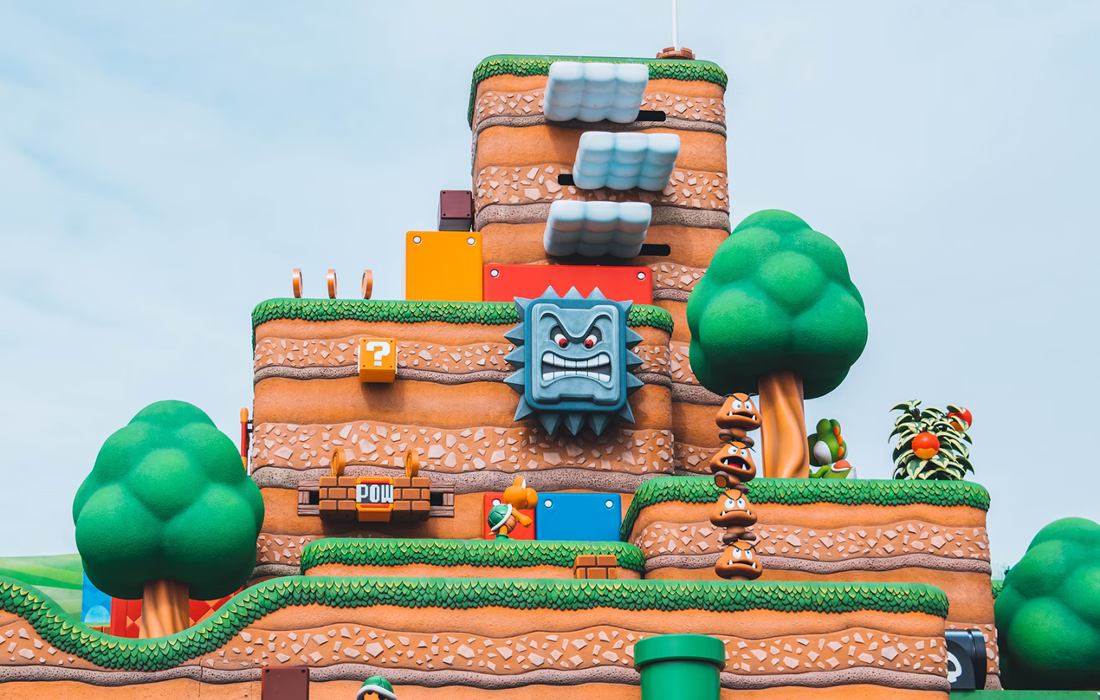Regenerative Medicine News and General Information
Playing Super Mario Good for Your Brain
Video gaming has become more and more pervasive across the lifespan as well as across cultures. Nowadays, people spend a collective three billion hours per week playing video games worldwide.
It is predicted that the average young person will spend about 10 000 h gaming by age 21, twice the time it would take to earn a bachelor’s degree. This intense exposure is bound to have effects on neural structure and function. The growing evidence that video game experts outperform novices on multiple cognitive measures of attention and perception has increased interest in using video games for training purposes.
There is evidence that as few as 10-20 hours of video game exposure improves performance on attention-demanding and perceptual tasks, as well as on tasks that requiere executive control.
A study by Kühn and colleagues evaluated the use of a video game (Super Mario 64) with prominent navigation components, and with orientation, and strategic demands in a three-dimensional environment, and with orientation and strategic demands would have measurable plasticity effects on brain regions associated with these cognitive processes.
To do so, the team examined structural changes after 2 months of daily video gaming training with the game in an adult population. The training group (n=23, mean age= 23.7, s.d.= 3.0, 17 females and 6 males) was instructed to play the video game Super Mario 64 on a portable Nintendo Dual Screen (DS) XXL console for at least 30 min per day over a period of 2 months.
The team found a significant gray matter increase in the right hippocampal formation, right dorsolateral prefrontal cortex, and bilateral cerebellum in the training group.
The team concluded that video game training augments gray matter in brain areas crucial for spatial navigation, strategic planning, working memory, and motor performance going along with evidence of behavioral changes in navigation strategy.
This type of video game training could be used to counteract known risk factors for mental diseases, such as smaller hippocampus and prefrontal cortex volume in different conditions, including post-traumatic stress disorder, schizophrenia, and neurogenerative diseases.
Source:
Kühn, S., Gleich, T., Lorenz, R. C., Lindenberger, U., & Gallinat, J. (2013). Playing Super Mario induces structural brain plasticity: gray matter changes resulting from training with a commercial video game. Molecular Psychiatry, 19(2), 265–271. doi:10.1038/mp.2013.120
Image from:

